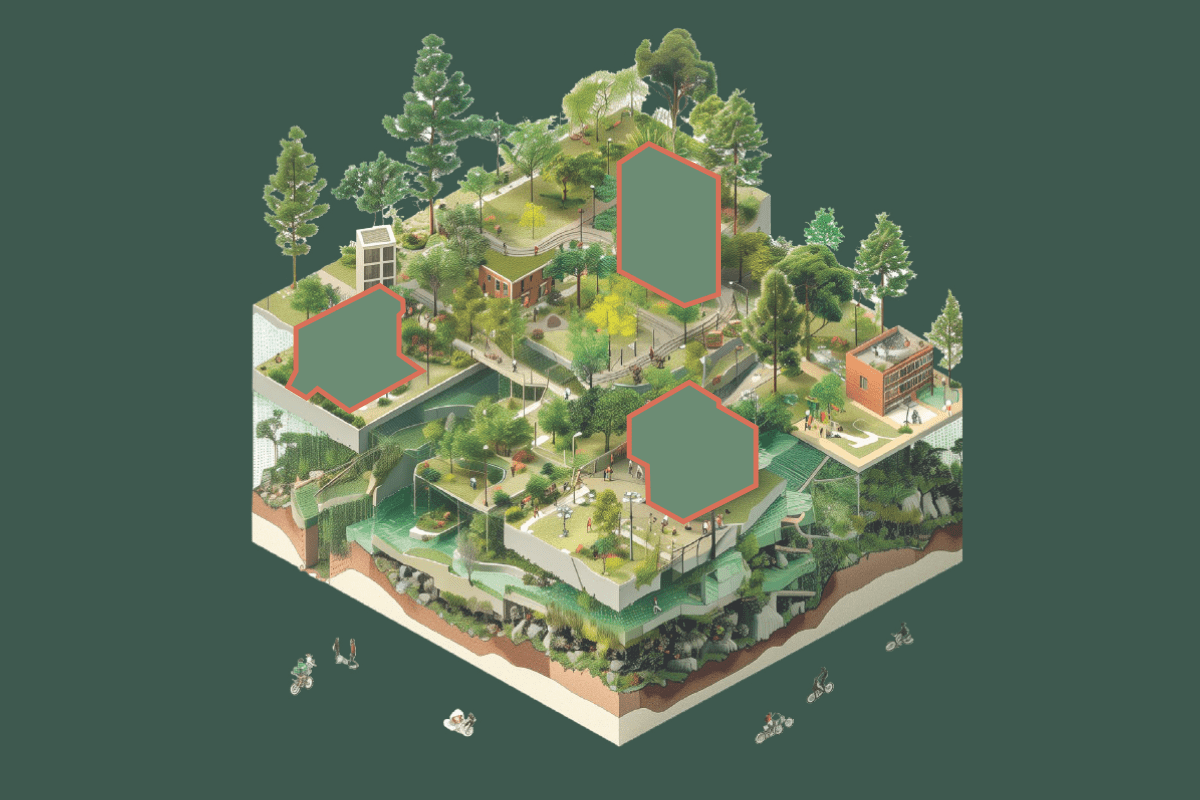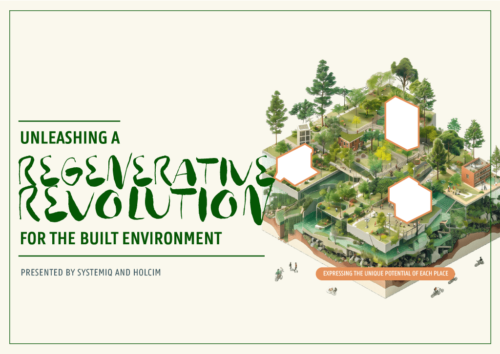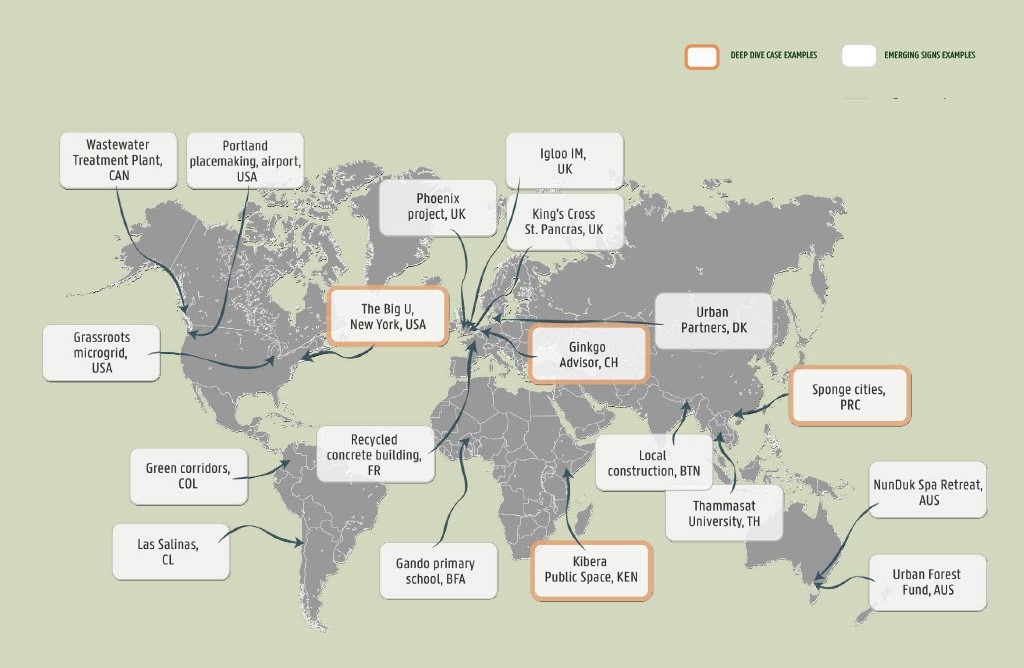
A regenerative revolution in the built environment is possible, and offers a way of doing better business while delivering benefits to people, nature and climate, explains Jeremy Oppenheim.
We need industry, finance and cities to innovate - together - so that our built environment can be the home of regeneration.
The built environment sector faces a once-in-a-lifetime opportunity thanks to unprecedented living space and infrastructure needs in the coming decades. While built floor area is set to increase by 75% by 2050, some $6 trillion, or 6-7% of global GDP, must be invested every year until 2040 in infrastructure alone.
To seize this opportunity successfully, the sector would benefit from embracing a regenerative revolution, the signs of which are already underway worldwide, and are evidenced in our latest paper.
This revolution aims for positive, life-enhancing outcomes for both people and nature, going beyond merely doing less harm. It relies on a business model that is rooted in place, integrated with nature, people-centric and evolving over time. Not only does such a model have the potential to generate additional value to investors through enhanced risk adjusted returns, but it’s also capable of delivering greater value to communities, public authorities, and citizens at large.
Generating such benefits will not happen automatically. Key stakeholders urgently need to take responsibility for creating the enabling conditions that will accelerate the revolution.
- Government authorities, by changing their planning requirements, regulations and procurement practices.
- Built environment businesses, by challenging the status quo, and innovating along their value chains.
- Financial institutions and major capital providers, by developing new due diligence and financing models.
- Public and private sector institutions, and citizens themselves, by making their voices heard and calling for a different set of outcomes from the built structures they use day to day
Transforming the built environment system will require the translation of transition pathways into place-and-space-based strategies, rooted in a deep understanding of how to unlock capital and investment towards more regenerative outcomes.
At Systemiq, we believe that neighbourhood-scale placemaking and urban regeneration projects present a distinct opportunity to apply regenerative principles from the outset. The scale and longevity of such schemes allows for true systems thinking, including risk and value sharing options capable of providing both city/citizen benefits and stable investor returns from new investment products.
We are keen to hear from all those built environment organisations interested in experimenting with more regenerative business models to deliver truly outstanding places that stand the test of time.
- What will it take for us to develop the necessary enabling conditions to scale regenerative practices rapidly?
- What are your ambitions regarding urban regeneration and regenerative place-making, and what challenges are you facing in achieving these?
- Do you have tangible evidence supporting the commercial upside of the urban regenerative revolution? How are you thinking about nature positive real estate investment?
If you are grappling with any of these questions, we would love to hear from you.



